[ad_1]
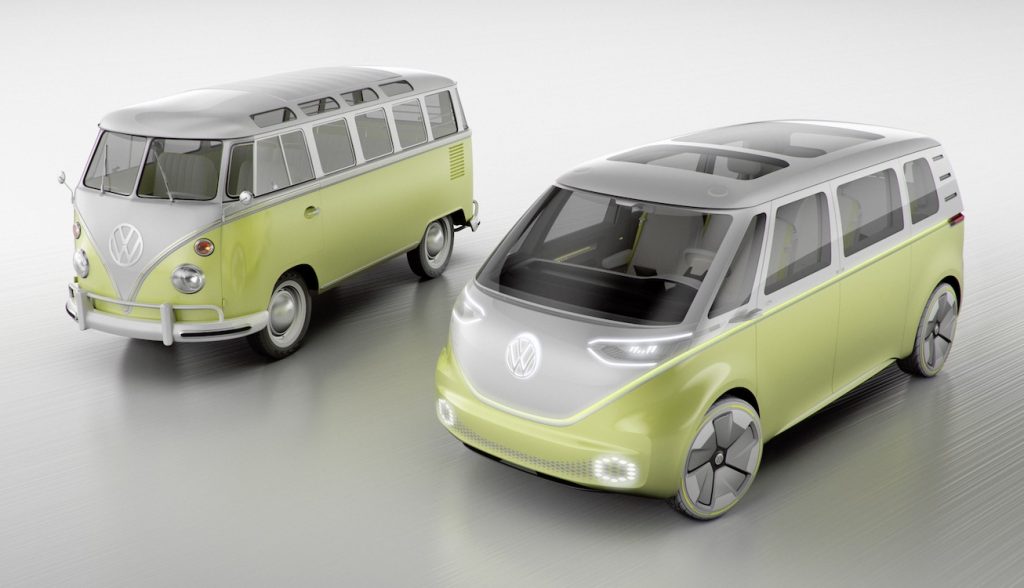
Contact it the Transporter, Microbus, Kombi, Bus, Camper or Microbus, it’s barely an incident that Volkswagen chose this week to pull the addresses off the creation model of the all-electric powered ID.Excitement, which usually takes its style cues from the old Microbus, formally regarded as the Volkswagen Type 2.
Just after all, 72 years back this 7 days, in 1950, the Volkswagen Variety 2 Transporter entered production and within two decades would get paid the alias “hippie bus,” getting the automotive transport of preference through the Summer time of Adore.
Surely Volkswagen is happy to connect these cultural connotations to its new electrified van, one particular that need to have more good results than the 2009-2014 Volkswagen Routan, which was little additional than a gussied-up Chrysler minivan.
But no matter what level of popularity Volkswagen will see from the new ID.Buzz, it will come from a car or truck with relatively unremarkable starting.
A bombed-out relic
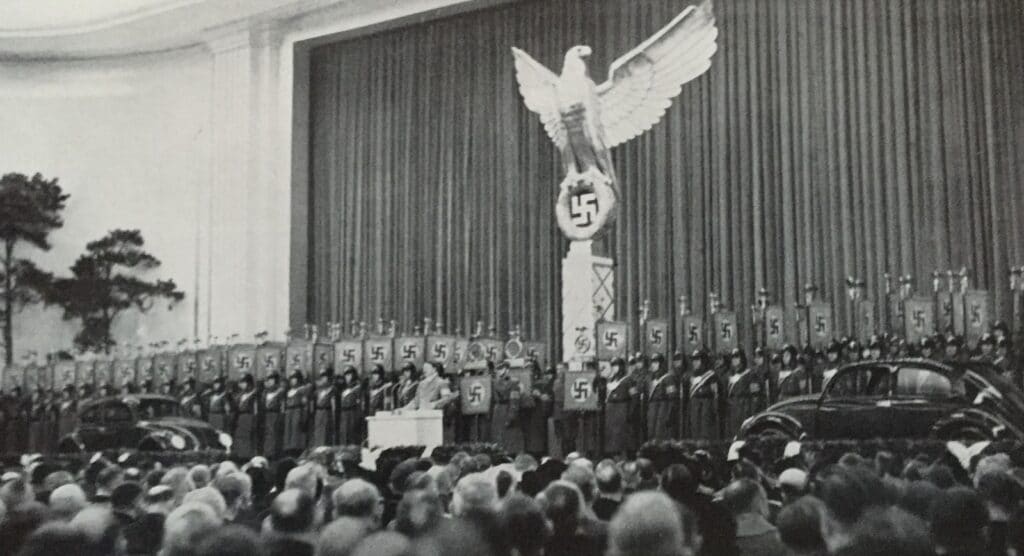
Presented that the Volkswagen Group is now just one of the world’s most significant automakers, 2nd only to Toyota, it is hard to think about how very little they mattered when the war ended. The company’s beginning commences with a motor vehicle even additional beloved than the Microbus: the Beetle.
The story of the Volkswagen Beetle’s creation is effectively regarded. Made by Ferdinand Porsche and debuting as the Kraft durch Freude Wagen, or Power By way of Joy Motor vehicle, at the 1939 Berlin Motor Clearly show, the platform was utilised for the duration of the war to build the Jeep-like Kubelwagen.
Just after the war, the Wolfsburg plant finished up in the British-occupied zone. Partial generation resumed in 1946, with several of the automobiles going to British forces. But the British military didn’t want to be in demand of automobile manufacturing, and provided the plant for cost-free to numerous of the world’s automakers, such as Ford Motor Co.
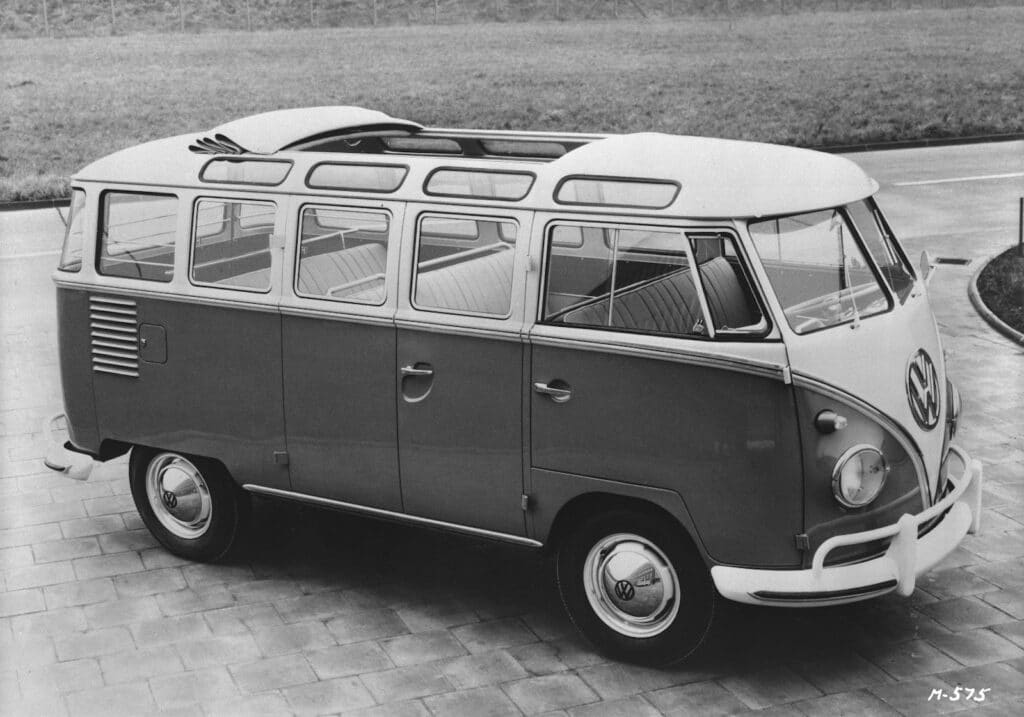
“I don’t believe what we’re currently being offered listed here is worthy of a dime,” explained Ernest Breech, chairman of the board at Ford, which ended up declining the offer you.
A car with ties to Hitler held minor attractiveness, but the Wolfsburg continued to make Beetles, achieving 1,000 motor vehicles for every thirty day period by March 1946. Output remained at that amount via 1948 owing to a deficiency uncooked resources and parts.
A lot more than a year later on, Volkswagen secured its to start with export deal when Automobielhandel in Amersfoort gets to be an authorized Volkswagen importer for the Netherlands operate by Ben Pons and his brother. Remarkably, they bought 56 Volkswagens in 1947, which surged to 4,000 models the pursuing calendar year.
European demand from customers for Volkswagen rose, and the organization grew many thanks to Heinz Nordhoff, a Detroit-educated government and former Opel director, who was put in demand of the Wolfsburg manufacturing unit in early 1948 by the British.
But the company rapidly noticed its merchandise portfolio improve outside of the Variety 1, thanks to VW’s Dutch importer, Ben Pons.
A humble sketch begets a new vehicle
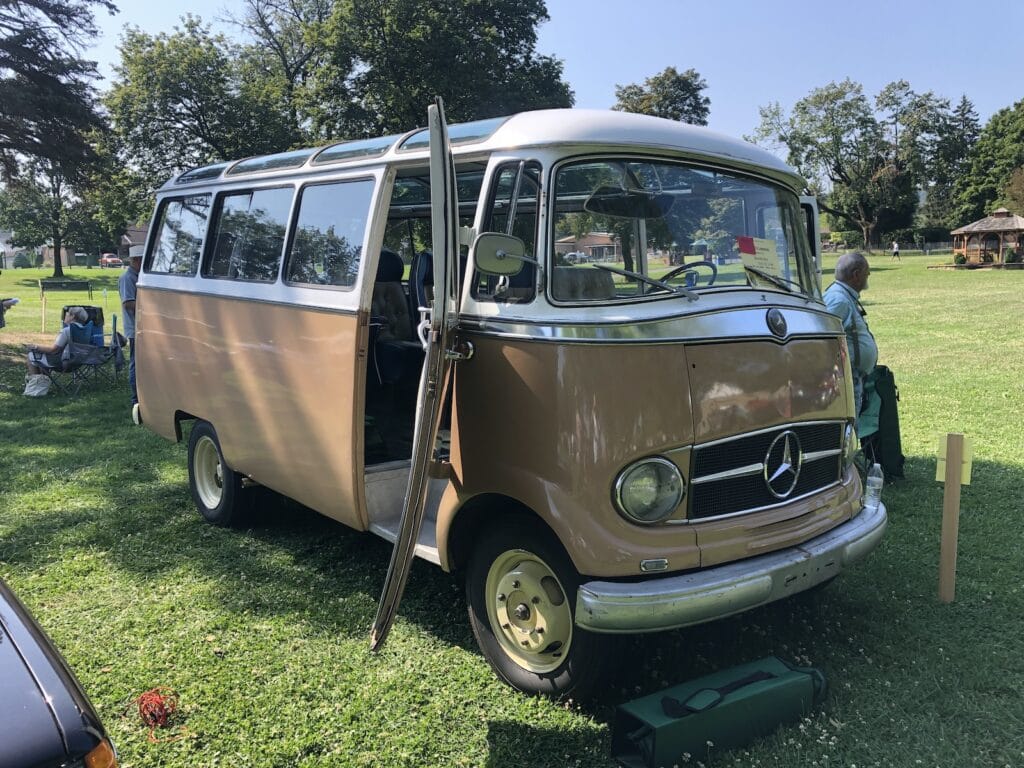
Pons beforehand frequented the Wolfsburg plant as a issue of enterprise. There, he noticed the company’s work trucks: simple and utilitarian. They have been constructed employing the Beetle’s rear-motor chassis. Why could not these straightforward do the job vans grow to be a new design? Observing a sector option, Pons sketched his concept, showed it to Volkswagen executives, who preferred the strategy.
Volkswagen engineers further more produced the strategy, employing the Type 1’s chassis, such as its rear-mounted, horizontally-opposed 4-cylinder air-cooled engine, and in 1950, Volkswagen Type 2 Transporter entered output.
It was far from a velocity demon, as its overhead-valve motor produced a mere 30 horsepower as a result of its 4-pace handbook transmission.
Absolutely its form was novel and impressive, and lacked any serious competition for the ideal component of a decade. At 168.5 inches prolonged, 67.2 inches huge and 76.4 inches tall, the Variety 2 has a outstanding 162 cubic feet of house. This is why it was promptly set to use for transporting items, and as a minibus. It is employed by law enforcement and hearth departments, as properly as a postal shipping and delivery van, and later on as a camper, thanks to Westfalia.
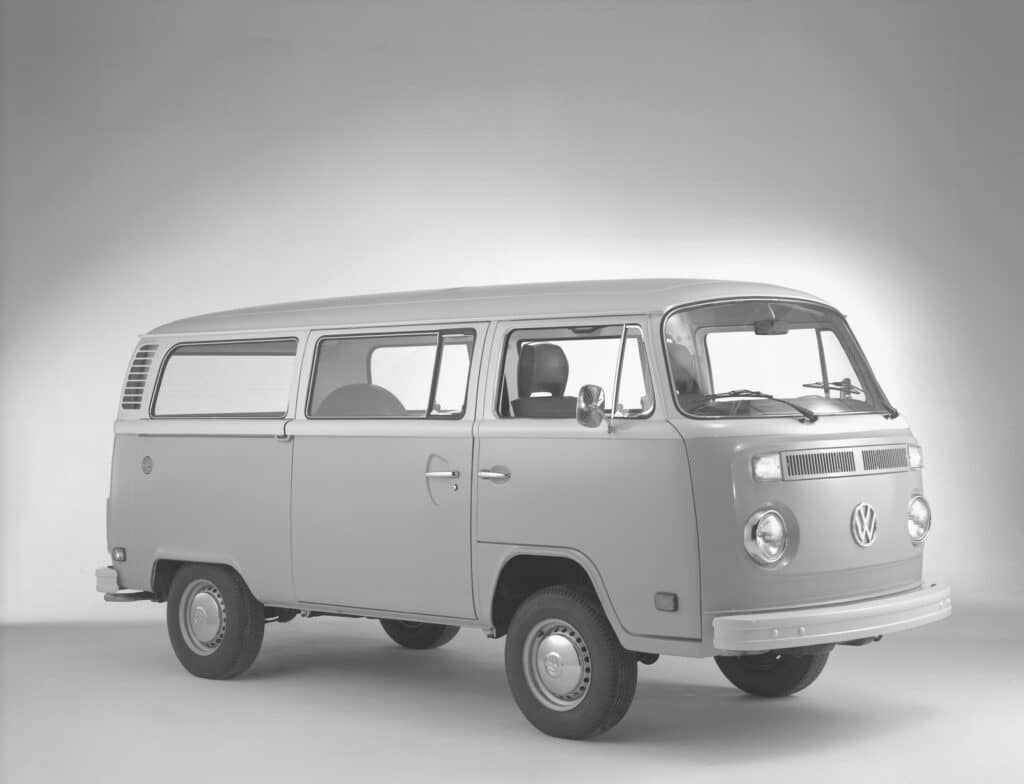
But Volkswagen considered the industry’s initial reaction as “slightly considerably less than amazing,” according to “Small Question,” a book chronicling the history of Volkswagen.
“The truck planet considered the venture with skepticism, and for superior motive. In this article was a truck developed with no preconceived tips, no outmoded traditions to comply with, no current equipment or dies,” VW admitted. But the truck would expand into a worldwide phenomenon, a ideal seller along with the Beetle, and just as well-known.
The initial-technology Microbus was constructed through 1967, and is now referred to as the T1. Known to U.S. potential buyers as the “Deluxe Microbus with Samba package deal,” the 23-window bus was originally intended as a vehicle to tour the Swiss Alps.
Its design and style proved well known, and was extensively copied by other automakers, which includes Mercedes-Bnez. It was replaced in 1968, and seemed extra like American vans, but now boasted as significantly as 65 horsepower. Recognized as the T2, it would stay in creation until 1979, when it was replaced by the Vanagon.
By now the 1960s were being a receding memory, and so was 1 its iconic cars. But its revered standing hasn’t pale. And even though the ID.Excitement recalls the T1 and T2 in style only, that may perhaps be adequate for these purchasers wanting for a little something new, even if it is old.
[ad_2]
Supply url







